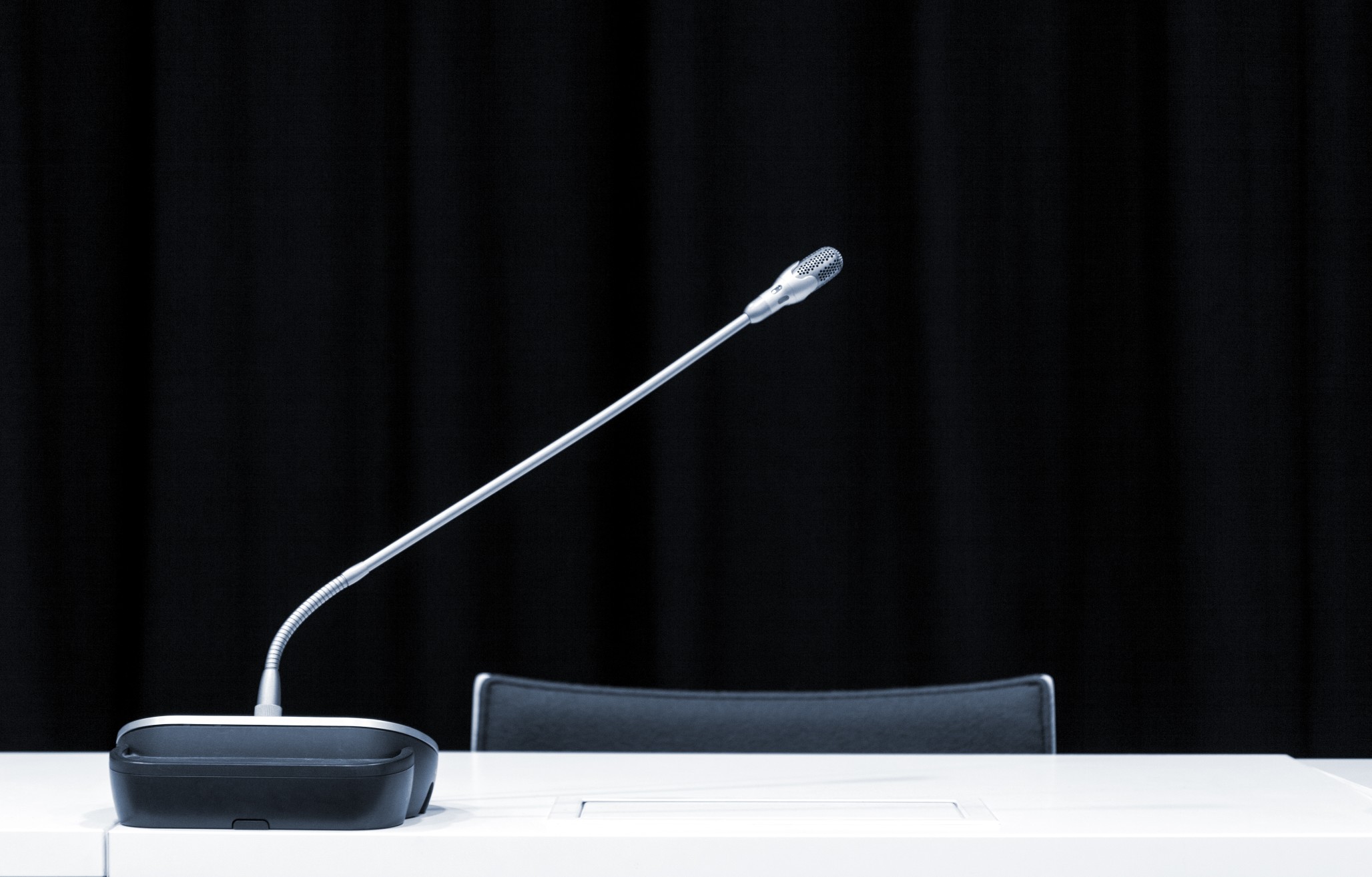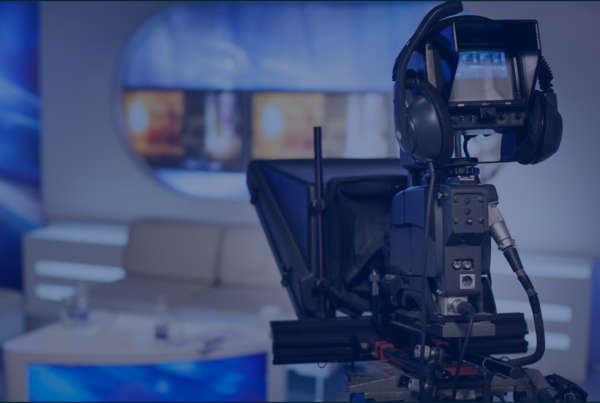This is the second part of our two-part series on PR and media relations tactics. Click here for part one and make sure you are following us on Facebook, LinkedIn, Twitter and Instagram so you don’t miss any updates.
In part one, we discussed some of our favorite tactics for sharing information with media, including: press release, multi-media release, media alert, media pitch, electronic press kit and MAT release – but let’s not stop there. Here are five more that we love to utilize in our PR practice:
1. Media Delivery
A Media Delivery (or Media Drop) is a key strategy in which a brand or company packages their product and media materials and delivers them to media. This enables media to see, touch, taste and feel your product and – hopefully – interest them in a potential story or article.
Why use a Media Delivery?
Media deliveries are a great way to break through the noise of the hundreds of emails, press releases and pitches that media receive daily and entice them to cover your brand or organization in a story or article. Media deliveries can also be helpful in building media relationships as well.
Media Deliveries or Media Drops are best used for announcements or key dates, including:
- Announcing or unveiling a new product
- Key dates relating to products or offerings
- Large-scale company announcements
- Upcoming events
2. Satellite Media Tour
A Satellite Media Tour (SMT) is a sponsored series of TV, radio or online interviews that are completed in one day from a single location. An SMT enables a spokesperson for a brand, company or product to be interviewed by various media outlets around the country – either via satellite or a digital platform such as Zoom.
Why use a Satellite Media Tour?
A Satellite Media Tour (SMT) is a public relations tactic that is often used to guarantee consumer-facing media coverage, particularly broadcast (television or radio), with the company’s preferred messaging incorporated, but positioned as a news story with a key spokesperson. SMTs provide a guarantee of around 15-20 placements across U.S. broadcast outlets and help to ensure that your story is shared via consumer news outlets. This is a strong tactic to deploy alongside more traditional media pitching efforts for guaranteed consumer coverage.
When building out a plan for an SMT, there should be a consumer story and/or angle that is the topic focus, while tying in the products, services or offerings seamlessly. Examples of times to use an SMT include:
- New consumer product launch
- Key consumer dates
- Incorporating key trend information or research into a consumer story
- Showcasing ways in which products or services can be used by consumers
3. Infographic
An infographic is a designed informational piece that provides a visually-pleasing overview of a topic and typically includes key numerical facts, statistics and information. Infographics help to summarize a topic in an easy-to-digest format.
Why use an Infographic?
Infographics are best used to visually inform audiences, build brand awareness and communicate research, trend information or insights and can be used across channels including media outreach, social media and internal communications channels. Infographics offer a unique way to tell a story via multiple channels that stands out from text-heavy pitches, articles and posts on social media. An infographic is also easily shareable and can be utilized by multiple audiences.
Infographics are a great way to showcase important or complex information in an easy-to-digest format. Examples of times to use an Infographic include:
- Consumer research on trends, insights or survey results
- Data visualizations
- Processes or how things work
- How-to’s
- Listicle style information
4. Media Training
Media Training is a special form of interview training aimed to share, review and practice strategies and best practices for media interviews with key spokespeople. A media training typically is customized as either a half-day or full day of training focused on reviewing best practices and then practicing media interview strategies and key messages for future media interviews.
- One media trainer and four to six attendees for training
- A media interview best practices overview
- An overview of effective media interview strategies
- Key message review
- Recorded on-camera media interview practice
- Post-interview video review
- Customized elements, targeted toward your spokespeople and company training needs, interview comfort level, etc.
5. Media Briefing
A Media Briefing is a short-form media interview prep session that typically takes place once a specific interview is scheduled with a reporter or editor. Media Briefings provide a background on the reporter, the media outlet, the key topics that will be discussed and an overview of key messages and FAQs in preparation for the interview. Briefings ensure that spokespeople are prepared with key messages and strategies to best answer the anticipated media questions.
- A media briefing document, outlining interview details, such as:
- Interview date and time
- Interview type (in-person TV, phone, radio, etc.)
- Reporter and media outlet overview
- Interview topic background
- Key messages, FAQs and facts to support interview topic
- Helpful tips and tricks
- Topics to avoid
- A prep call before the interview to discuss elements of the media briefing document and ensure the spokesperson is ready for the interview.
Does your brand or organization need help developing a PR strategy and implementing these tools? We’re here to help!






